How to Navigate the Challenges of Medical Device Development in a Rapidly Evolving Market
In the fast-paced landscape of healthcare innovation, navigating the challenges of Medical Device Development has become increasingly critical for companies striving to remain competitive and compliant. According to a report by the Global Market Insights, the medical devices market is projected to exceed $600 billion by 2024, driven by advances in technology and an aging population. However, this rapid evolution comes with its own set of challenges, including stringent regulatory requirements, the need for robust R&D processes, and the pressure to shorten time-to-market. As highlighted by the MedTech Innovator 2023 report, nearly 70% of medical device startups cite regulatory hurdles as a significant barrier to success. This underscores the urgency for manufacturers to adopt agile strategies and innovative practices in their development processes, ensuring they can not only keep pace with market demands but also deliver safe and effective solutions to healthcare professionals and patients alike.

Identifying Key Market Trends Affecting Medical Device Development
Navigating the complexities of medical device development requires a keen understanding of the rapidly fluctuating market landscape. Key trends impacting the industry include the increasing emphasis on patient-centric solutions and the integration of advanced technologies such as artificial intelligence and the Internet of Things (IoT). According to a report by Grand View Research, the global medical devices market is expected to reach USD 612.7 billion by 2025, with a compound annual growth rate (CAGR) of 5.4%. This growth is driven by rising healthcare needs and innovations that necessitate swift adaptations in product design and functionality.
Tip: Engage in thorough market research to identify emerging trends and consumer preferences. Utilizing tools like SWOT analysis can help pinpoint strengths, weaknesses, opportunities, and threats in relation to the evolving market.
Regulatory landscapes are also shifting, with the FDA and other global bodies enhancing requirements for product approval and safety. This places additional pressure on developers to not only innovate but to comply with stringent guidelines and timelines. A report by MarketsandMarkets predicts that the regulatory affairs market for medical devices will reach USD 11.8 billion by 2026, signaling the growing importance of regulatory knowledge in product development.
Tip: Foster partnerships with regulatory experts to streamline the approval process and ensure early compliance, thereby reducing time-to-market.
Understanding Regulatory Requirements for Rapidly Changing Technologies
The rapid evolution of medical technologies presents significant regulatory challenges for developers. In 2022, the global medical devices market was valued at approximately $450 billion, with projections to surpass $600 billion by 2028, according to a report by Fortune Business Insights. This rapid growth underscores the need for stringent regulatory compliance, as innovations such as AI-assisted diagnostics and wearable health monitoring devices evolve. Regulatory bodies such as the FDA and EMA are adapting their frameworks, but the pace of technological advancement often outstrips existing regulations.
Navigating these regulatory requirements necessitates a deep understanding of the specific guidelines that govern new medical technologies. For instance, the FDA introduced the Digital Health Innovation Action Plan, which aims to streamline the regulatory process for software and digital health tools. Engaging early with regulators can provide critical insights into compliance pathways, ultimately reducing time to market. With approximately 70% of medical device developers reporting compliance challenges in a recent survey by Medtech Europe, it is imperative for organizations to build robust regulatory strategies to stay competitive in this dynamic landscape.
Implementing Agile Methodologies in Product Development Processes
In the dynamic field of medical device development, implementing agile methodologies has proven to be a game-changer. According to a report from the Medical Device Innovation Consortium, nearly 80% of companies adopting agile practices have reported faster time-to-market for their products. This is critical in an industry where regulatory demands and technological advancements evolve rapidly. Agile frameworks enhance collaboration and foster flexibility, allowing teams to respond promptly to changing market needs and regulatory requirements.
Moreover, agile methodologies prioritize iterative processes and continuous feedback, enabling teams to identify issues early in the development cycle. A survey by the IEEE indicates that organizations using agile techniques experience a 20-30% reduction in project failures. This efficiency is particularly beneficial in the medical device sector, where prolonged development timelines can hinder patient access to vital technologies. By embracing agile practices, companies can not only streamline their product development processes but also enhance innovation, ultimately improving outcomes for healthcare providers and patients alike.
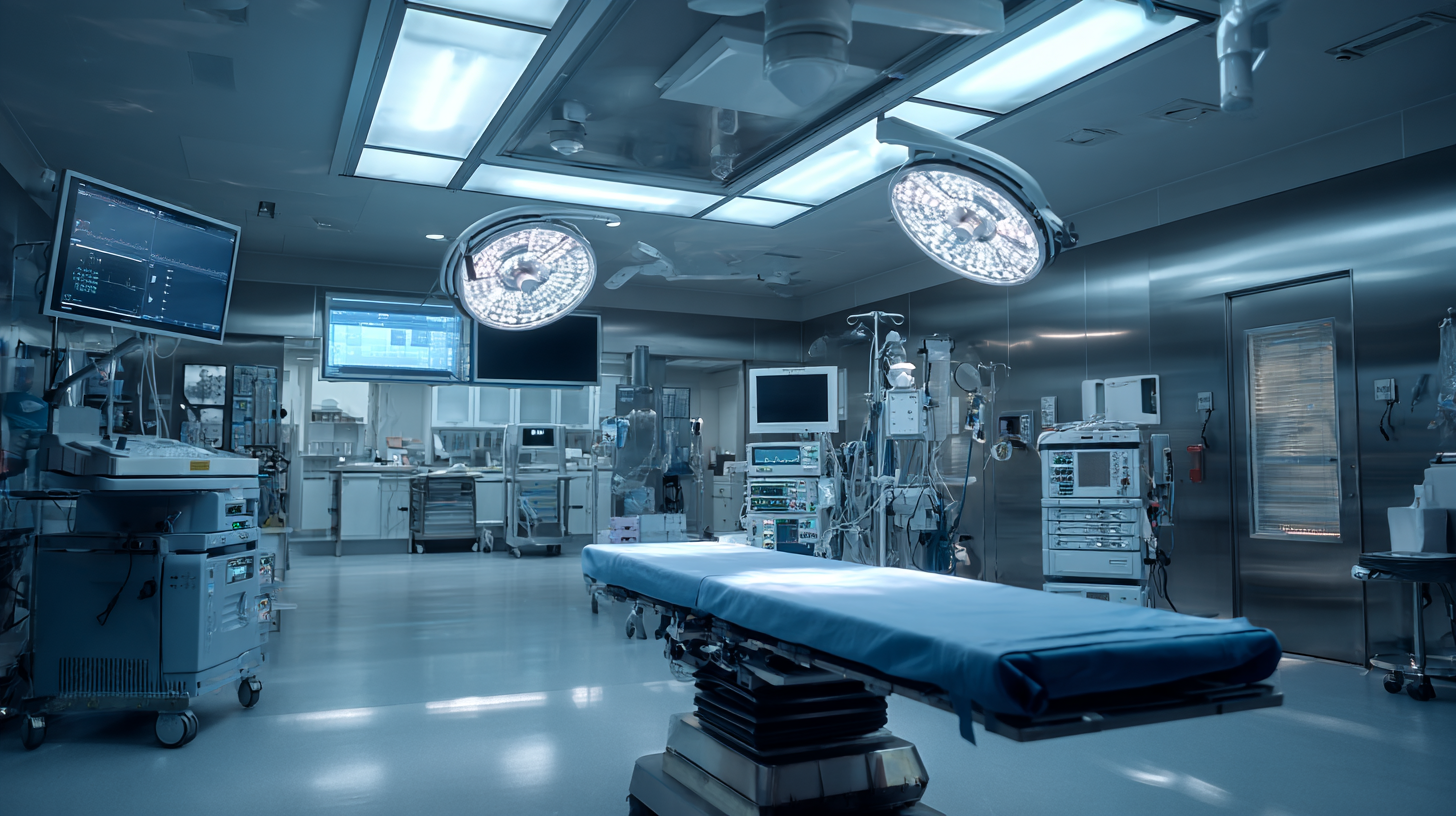
Engaging Stakeholders Throughout the Development Lifecycle
Engaging stakeholders throughout the development lifecycle of medical devices is crucial for navigating the complexities of a rapidly evolving market. According to the 2022 MedTech Industry Outlook report by Deloitte, nearly 70% of medical device companies identify stakeholder engagement as a transformative factor influencing product success. This engagement not only encompasses patients and healthcare professionals but also includes regulatory bodies and investors, all of whom provide valuable insights that can streamline development and enhance market readiness.
Moreover, research by Frost & Sullivan indicates that incorporating stakeholder feedback early in the design process can reduce development time by up to 25%. This highlights the importance of maintaining open lines of communication during the early stages of product development. By actively involving stakeholders, developers can ensure that their products are designed with real-world applications in mind, addressing specific needs and preferences, which ultimately drives adoption and improves patient outcomes. Therefore, a comprehensive stakeholder engagement strategy is essential in a landscape characterized by rapid technological advancements and shifting regulatory environments.
How to Navigate the Challenges of Medical Device Development in a Rapidly Evolving Market - Engaging Stakeholders Throughout the Development Lifecycle
| Phase | Key Activities | Stakeholders Involved | Challenges | Solutions |
|---|---|---|---|---|
| Concept Development | Idea generation, feasibility assessment | Regulatory teams, engineers | Market validation | Conduct surveys and focus groups |
| Design & Development | Prototyping, design iterations | Clinical experts, regulatory teams | Technical feasibility | Utilize agile methodologies |
| Regulatory Approval | Documentation, submissions | Regulatory agencies, legal teams | Changing regulations | Prepare comprehensive compliance plans |
| Market Launch | Marketing strategy, sales training | Sales teams, marketing departments | Market competition | Develop unique selling propositions |
| Post-Market Surveillance | Monitoring, feedback collection | Patients, healthcare providers | User acceptance | Implement continual feedback loops |
Leveraging Data Analytics for Informed Decision-Making in Product Strategy
In the fast-paced world of medical device development, leveraging data analytics has become crucial for informed decision-making in product strategy. By utilizing advanced analytics techniques, companies can gain insights into market trends, customer preferences, and competitive dynamics. This information empowers teams to make strategic decisions that align with both regulatory requirements and patient needs, ultimately leading to more successful product launches.
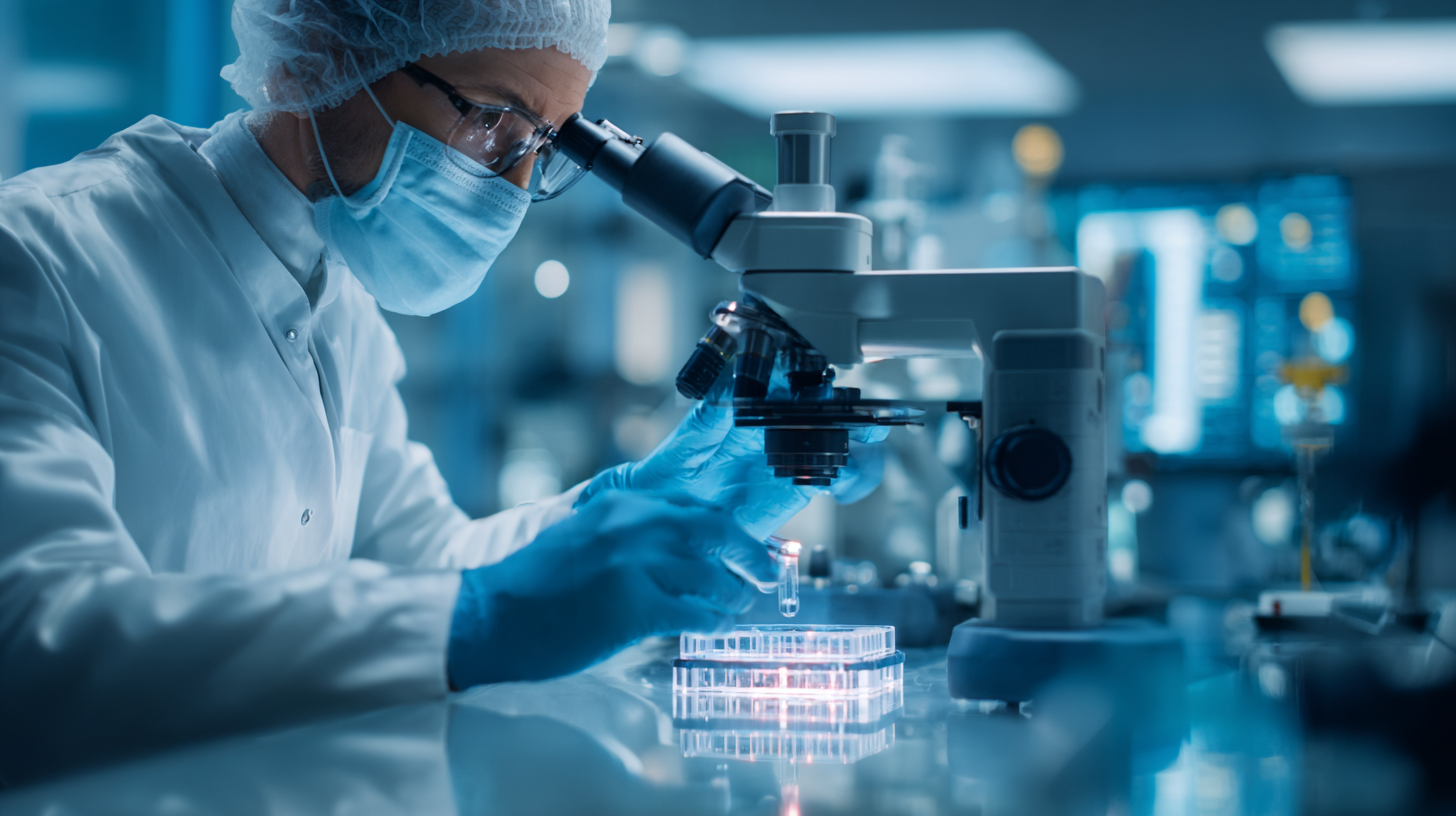
Moreover, data analytics facilitates a more agile approach to product development. With access to real-time data, organizations can rapidly assess feedback, identify potential issues, and iterate on designs effectively. This not only accelerates time-to-market but also ensures that the final product is more closely aligned with actual user requirements.
Embracing data-driven methodologies can significantly enhance the decision-making process, transforming the challenges posed by a rapidly evolving market into opportunities for innovation and growth.
Related Posts
-
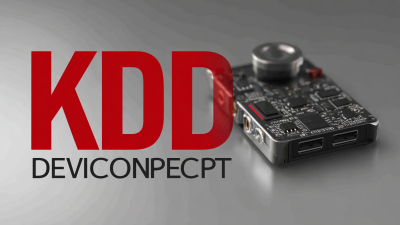
How to Achieve Excellence in Medical Device Development for Global Buyers
-

Challenges in Medical Device Design that Could Affect Patient Outcomes
-

How to Accelerate Your Medical Device Development Process for Faster Market Entry
-
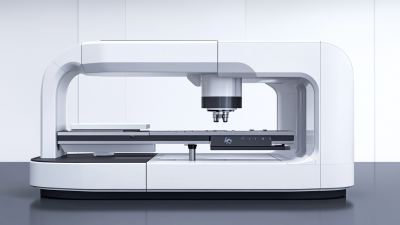
Advantages of Medical Device Testing for Global Buyers
-
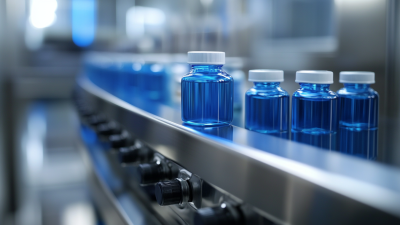
Challenges in Ensuring Quality in Medical Device Testing
-
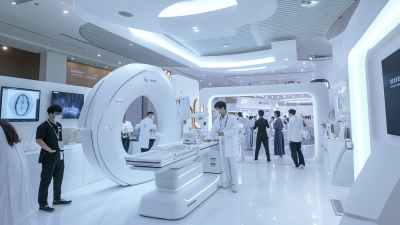
Innovative Medical Device Design Takes Center Stage at the Record Breaking 137th Canton Fair
